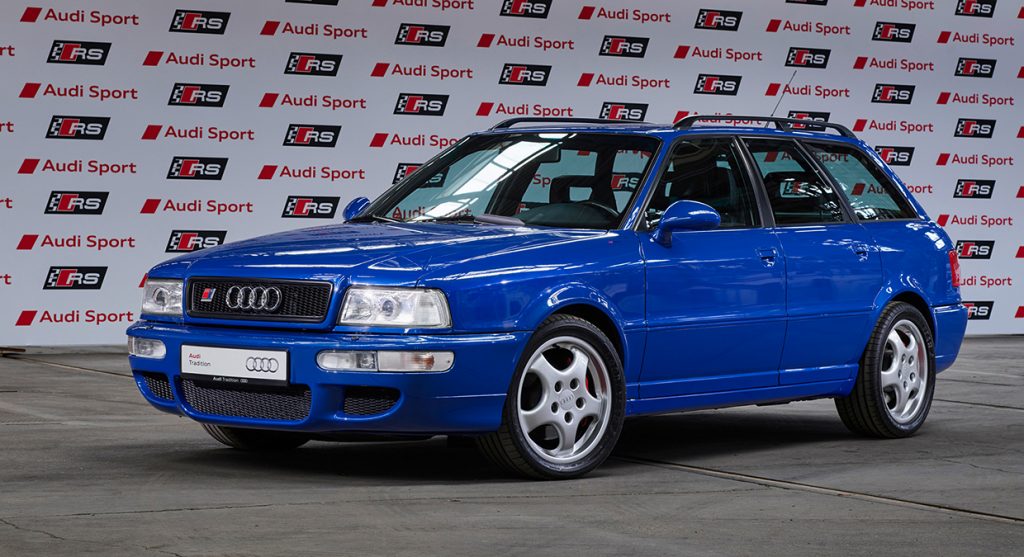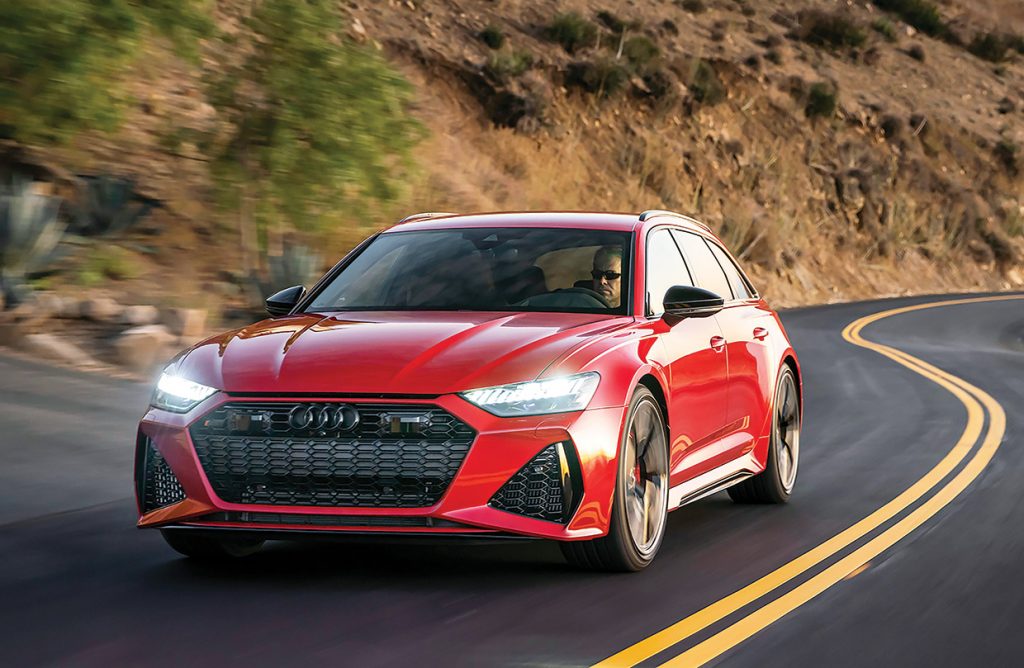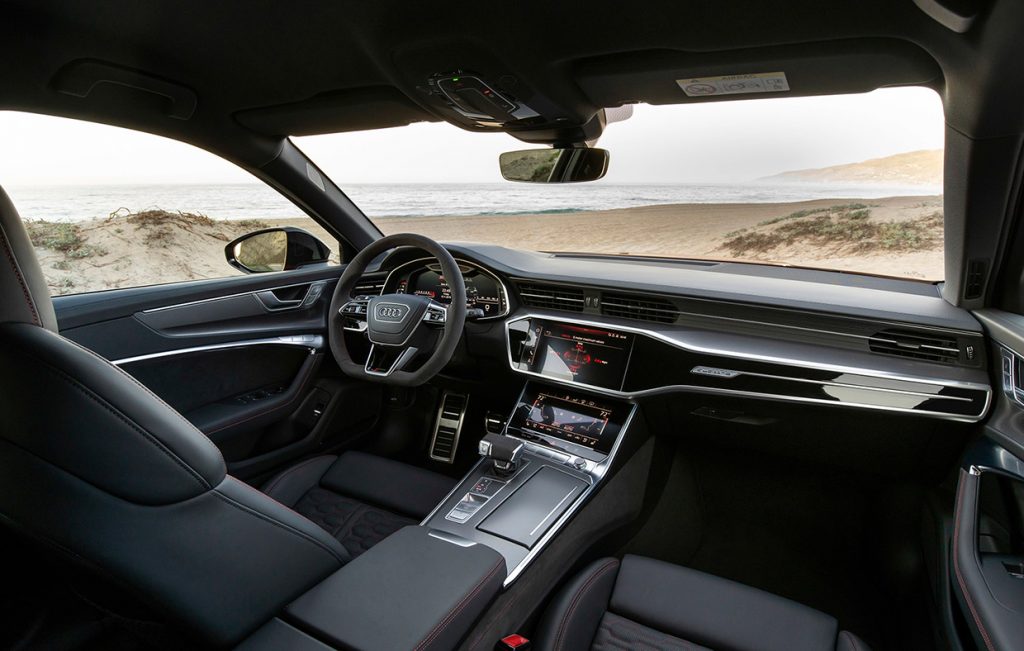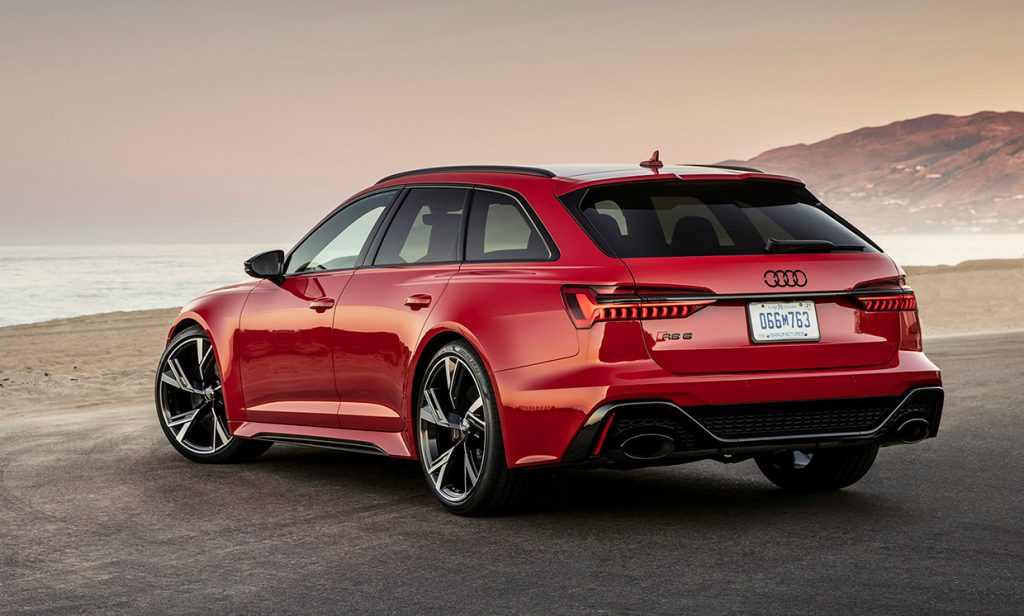With the new, fourth-generation Audi RS 6 Avant, Audi Sport celebrates 25 years of the dynamic RS line and also 25 years of high-performance station wagons from Audi, beginning with the now legendary RS 2 Avant.
The RS models are developed by Audi Sport—the high-performance division of Audi AG—and are defined by distinct designs and a capacity to be driven daily even if these are focused on performance. Among the present RS portfolio, models which are set to excite consumers in the Philippines upon their arrival are the RS3 Sedan, RS 4 Avant, RS 5 Coupe, RS 5 Sportback, RS Q8, the phenomenal R8 supercar, and the RS 6 Avant.
The new Audi RS 6 Avant, now more powerful and efficient (thanks to a mild hybrid system), ushers in a new chapter in the history of RS Avant models.

“Throughout our 25-year RS history, the Audi RS 6 Avant is one of our absolute icons with a large global fan base,” said Oliver Hoffmann, Managing Director of Audi Sport GmbH.
Fitted under the hood of the new Audi RS 6 Avant is a 4.0-liter, twin-turbo, gasoline TFSI V8 that makes 600hp and 800Nm of torque, allowing the superwagon to sprint from rest to 100 km/h in only 3.6 seconds, and to 200 km/h in 12 seconds.

With a 48V main electrical system, the twin-turbo V8 combines maximum performance with high efficiency. Forming a part of this mild hybrid system is a belt alternator starter that can recover up to 12 kW of power during deceleration, storing the energy in a separate lithium-ion battery. This allows the Audi RS 6 Avant to coast for up to 40 seconds with the engine switched off, and for start/stop operation at speeds of up to 22 km/h (13.7 mph). The system makes fuel savings of as much as 0.8 liters per 100 kilometers possible.
Also helping efficiency is the engine’s cylinder deactivation system, which could switch off No. 2, 3, 5 and 8 cylinders at low to intermediate speeds. Matched to the RS 6 Avant’s V8 is an eight-speed tiptronic gearbox and quattro permanent all-wheel drive that distributes 40 percent of the power to the front axle, 60 percent to the rear. Depending on conditions, the system can send up to 70 percent of the power to the front wheels and 85 percent to the rear wheels.

Further defining the new Audi RS 6 Avant is a body style unique in its segment. Compared to the Audi A6 Avant on which it is based, the new Audi RS 6 Avant has completely different body panels, except for the front doors, roof and tailgate. Its body is wider by 40mm on each side because of flared wheel arches, and its entire front end is significantly more aggressive due to a Singleframe grille finished in gloss-black, extended side air inlets and a power dome hood.
At the sides, the new Audi RS 6 Avant sports quattro blisters and RS-specific sills with black inserts, while its rear gets a roof edge spoiler and an RS bumper with a gloss-black rear diffuser and an RS exhaust system with oval tailpipes.

The new Audi RS 6 Avant is roomier than previous versions, with increased luggage space. Its interior is oriented toward the driver and features a perforated leather flat-bottom sport steering wheel; large RS aluminum shift paddles; sport seats; and plenty of RS and RS 6 badges. The car’s all-digital operating system has a black-panel design, and an “RS Monitor” display provides information on the temperature of the drive components, the maximum G acceleration figures, and tire pressure and temperature.
While continuing the tradition started by the RS 2 Avant, the new Audi RS 6 Avant elevates the high-performance RS models to a new level.

